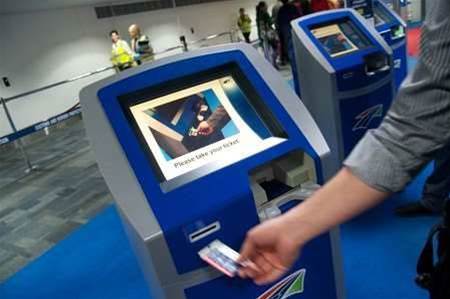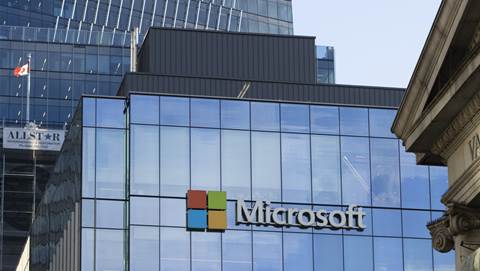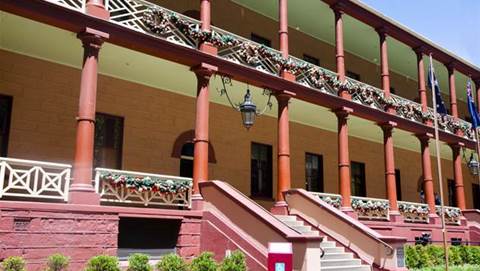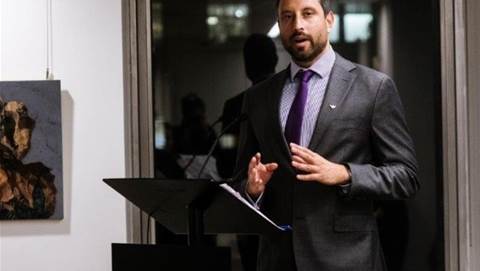The Immigration department has sketched out how it envisions the technology underpinning its $94 million 'seamless traveller' initiative will look, and revealed some of the suppliers bidding for the program's lucrative bundles of work.

First announced in 2015, the seamless traveller initiative is aimed at having 90 percent of international travellers processed through automated solutions by 2020.
The project has been given $93.7 million until that year.
It will see arrivals smartgates, the incoming passenger card, and exit marshalling all replaced with automated technology tightly integrated with key border processing systems.
All three new solutions will need to integrate with the Pega business process management system - or what Immigration refers to as its 'traveller processing centre' - that will be deployed in August this year.
The Pega system will act as the central decision maker for border clearances, using information pulled from a range of Immigration identity, risk, alert, intelligence, and analysis back-end systems running on Teradata, Hadoop, and IBM technologies, among others.
The Pega platform will then refer these clearance decisions back to the automated systems at the airport.
Mobile officers will also be given iOS devices secured by MobileIron to access the Pega system.
The department kicked off the program last December when it went to tender for an automated border control solution to replace the arrivals smartgates.
The solution will remove the need for travellers to present their passport by matching individuals against facial images stored in airlines' advanced passenger processing systems. Immigration already has the legislative power to use facial biometrics for border identity verification and processing.
In briefing documents published today, the agency revealed the appointment of a supplier for this technology was imminent.
Earlier this month it went to market for the other core two elements of the seamless traveller program, the replacement of the incoming passenger card and the overhaul of the exit marshalling process.
Who's interested?
The agency market briefing documents reveal an incomplete list of some of the suppliers likely to bid for the latter two bundles of work.
Those attending the industry briefing included Vision Box, HPE, Biometix, Datacom, Converga, Fujitsu, IBM, Indra, Next Security, and Telstra. Not all those at the briefing agreed to have their attendance made public.
The department currently makes use of smartgates in arrivals halls by Morpho. Rival smartgate provider Vision Box - one of the attendees interested in the incoming passenger card and exit marshalling tender - has its own technology installed at departure gates around the country.
Incoming passenger card
Immigration has already ditched the outgoing passenger card, and since the start of this month has been instead pulling relevant passenger information from existing government datasets.
The replacement for the paper-based incoming passenger card will allow travellers to complete the form on their own mobile device, Immigration says.
The agency wants to "catch as many travellers as possible using as few methods as possible", and limit the number of questions that need to be asked by tapping into existing data sources, like airline passenger processing systems.
It expects there will be both an app-based incoming passenger card and an online variant.
Integration with the Pega traveller processing centre will be key, given information provided by travellers for the incoming passenger card will be central to whether or not they are allowed to process through the border.
Exit marshalling a bit more tricky
At the moment, passengers departing the airport hand their filled-out form to an Immigration exit marshall, who then manually directs them to either biosecurity checking or the exit based on the incoming passenger card data.
Immigration wants to automate that process to improve traveller flow and security, but it freely admits it's not quite sure how to do so.
It told industry attendees at last week's briefing that its ideas for how to modernise this manual process "aren't ... well formed".
"There is a few reasons for this. Perhaps key amongst them is that we are genuinely interested in what industry thinks it can bring to the problem space. Automation of what has been largely manual functions opens up the aperture for innovative solutions," Ben Staughton, assisant secretary of traveller, trade, and cargo systems, said in briefing documents.
"For example, the passive identification of people using face-on-the-move or other similar technologies is now at a point where they are mature enough to be considered part of a viable solution to identify travellers."
The department indicated in tender documents a need for the exit marshalling solution to be capable of identifying people both individually and within a group, as well as "passively" - or without a traveller's co-operation - and whether they are stationary or moving.
Staughton indicated that there might still need to be physical marshalling of travellers to enable whatever technology solutions are put in place.
"We welcome any and all ideas on modernising the back-of-hall. From our perspective we think it’s a space where industry can provide innovative answers to our problems."
Immigration is expecting to start trials of various solutions for both the incoming passenger card and exit marshalling overhauls in November, ahead of a May 2018 evaluation and contract signing in June next year.


_(5).jpg&h=140&w=231&c=1&s=0)






.png&w=100&c=1&s=0)

 iTnews Benchmark Security Awards 2025
iTnews Benchmark Security Awards 2025
 Digital Leadership Day Federal
Digital Leadership Day Federal
 Government Cyber Security Showcase Federal
Government Cyber Security Showcase Federal
 Government Innovation Showcase Federal
Government Innovation Showcase Federal
 Digital NSW 2025 Showcase
Digital NSW 2025 Showcase











_(1).jpg&h=140&w=231&c=1&s=0)



